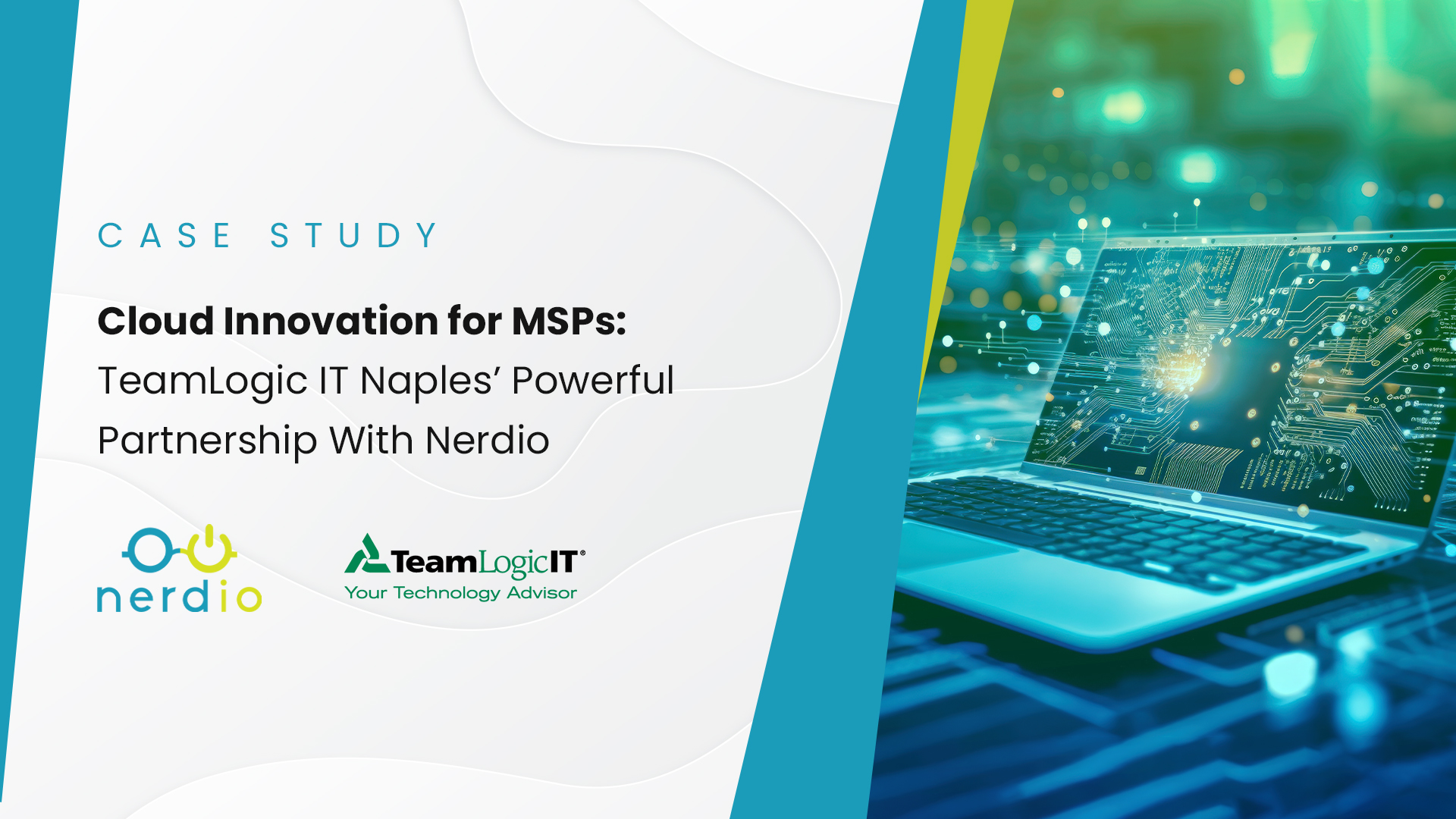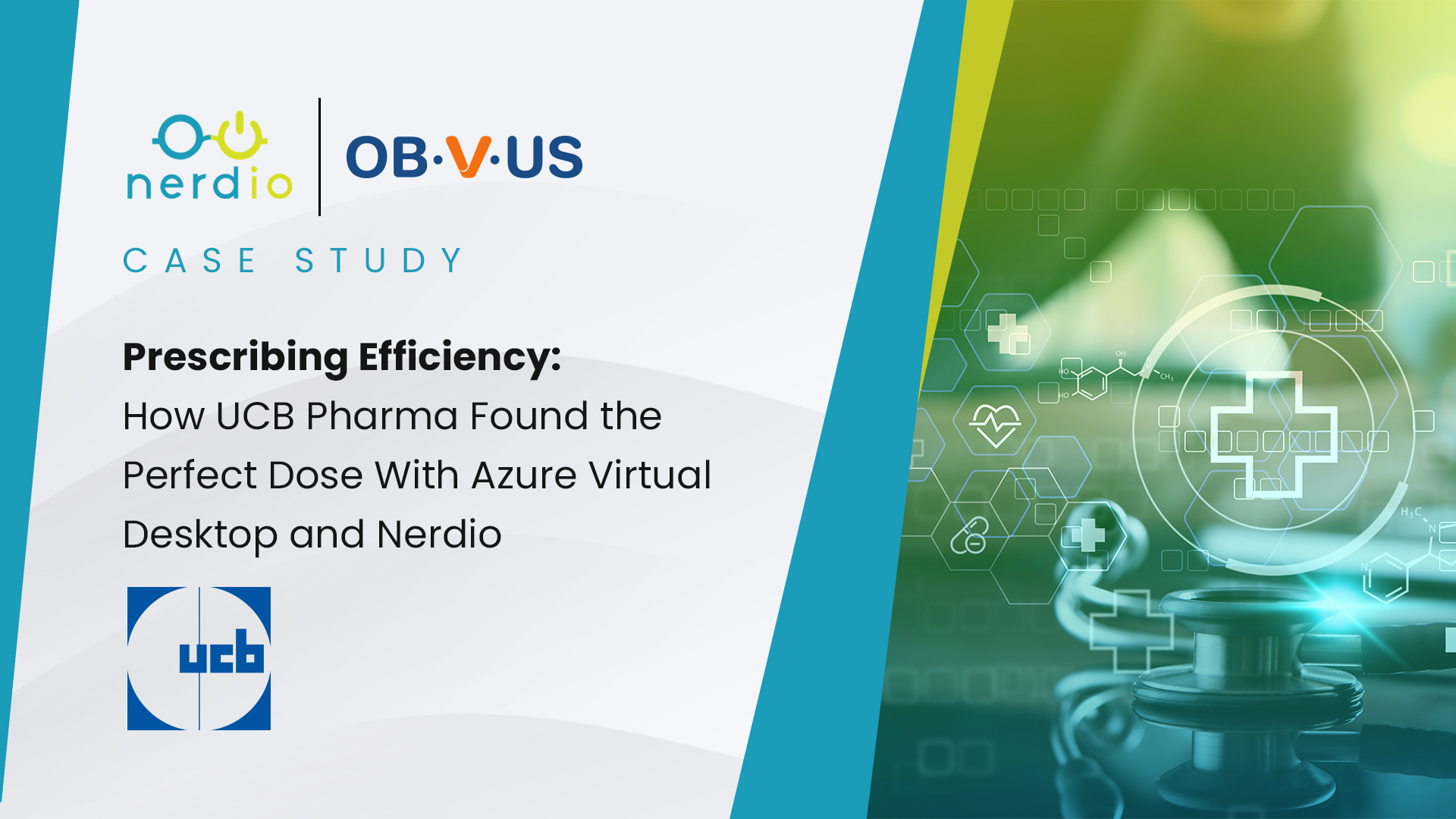VDI, DaaS, and Emerging Technologies That Better Fit the SSL VPN Use Case
Whether evaluating their current function or considering implementing them as part of a remote work strategy, many organizations have undoubtedly evaluated SSL VPNs and their efficacy in securing the applications, data, and services of remote workers. But while VPNs might have more recognition, having been around for decades, there are technologies now that better fit […]
AVD Identity Management Part 1: Historic Limitations + The Introduction of Azure Active Directory
Identity management in Microsoft Azure is a huge component of overall management and architecting a successful environment. It is necessary for delivering apps, data and tools needed to be productive, maintain proper group policies and permissions, and much more. In this blog post learn about the history of Microsoft’s Active Directory, it’s evolution, and the […]
NerdioCon 2023 Location Announced!

Back in late February we kicked off NerdioCon 2022, our first-ever in-person user conference and industry event. It was a smashing success and one met with a fantastic reception by the global managed service provider (MSP) and channel community. Not only were we able to engage in-person with partners and MSPs from all over the […]







